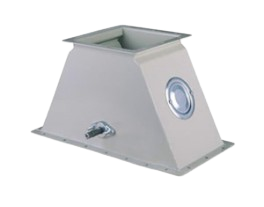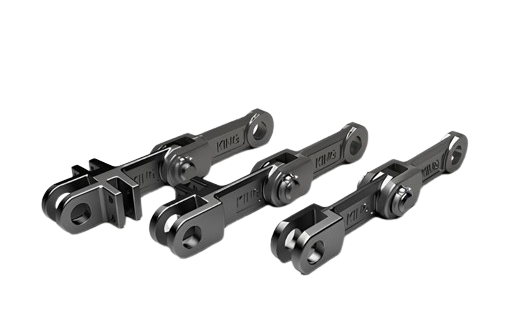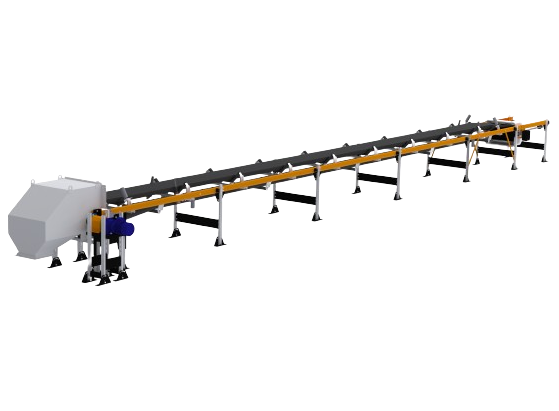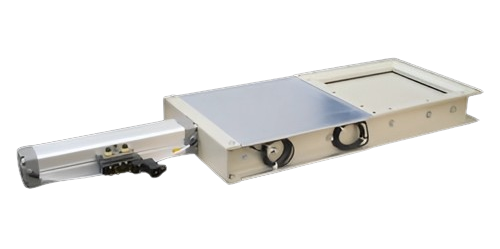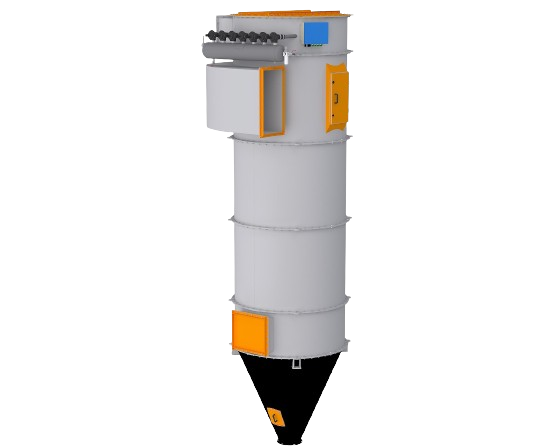
Cyclo-f ™
The inlet channel guides the incoming flow along the curved surface of the cylindrical filter housing, setting off a swirling motion within the dust-air mixture. This induces centrifugal and inertial forces that act upon the particles. Larger particles lose momentum and settle into the collection cone, while finer dust advances to the second cleaning stage—the filter elements. Purified air then traverses the filter material, entering the purified air chamber, while dust accumulates on the surface and within the pores of the filter sleeves. Employing a fully automated cleaning system, the installation utilizes brief pneumatic pulses to effectively cleanse the filter sleeves, with timing or pressure drop dictating the control. Once the cleaning cycle concludes, the filter returns to its original operational parameters.
